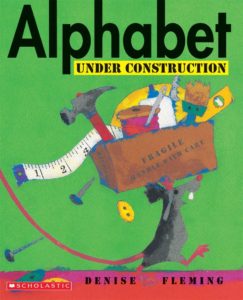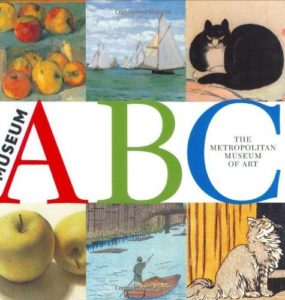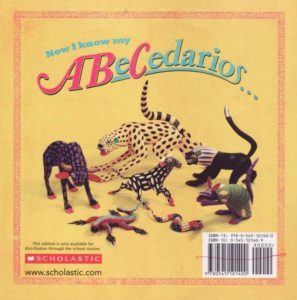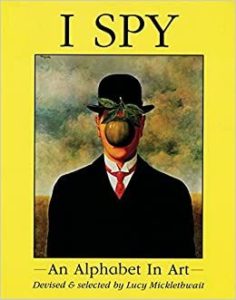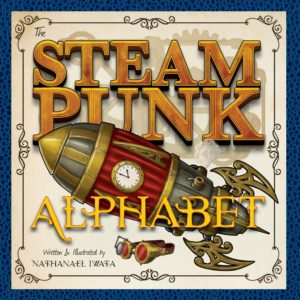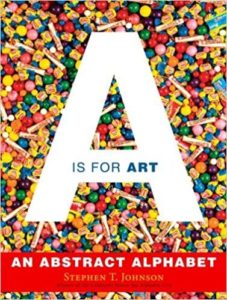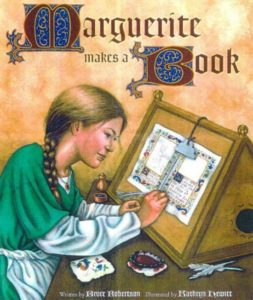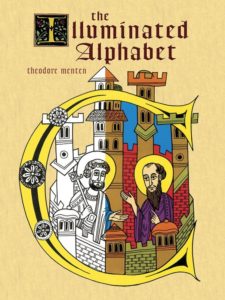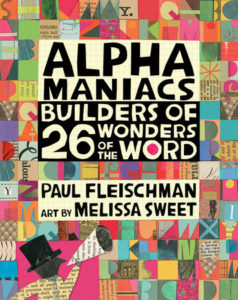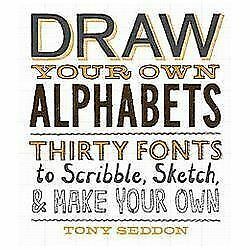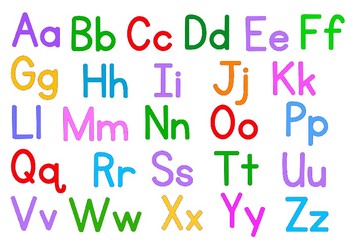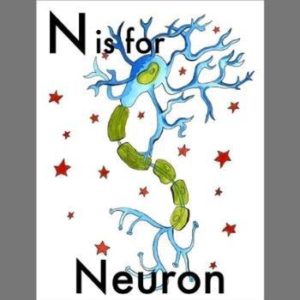 |
Nerdy Baby ABC Flashcards are not your ordinary A-is-for-Apple flashcards. In these 26 laminated, illustrated cards, aimed at future geeks and scientists, A is for Atom, C for Cell membrane, M for Mandelbrot set, and N for Neuron. |
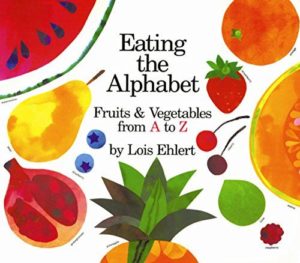 |
Lois Ehlert’s Eating the Alphabet runs the gamut from Apricot, Apple Avocado, and Asparagus to Zucchini. A brightly illustrated compendium of multicultural fruits and veggies, including such not-so-common selections as Jicama, Kiwi, Yam, and Xigua. For ages 2-5. |
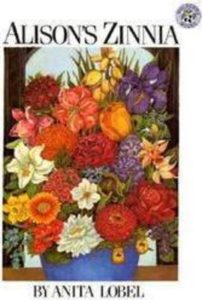 |
Anita Lobel’s Alison’s Zinnia (Greenwillow, 1996) is a lovely interlinking alphabet of girls’ names, flower names, and verbs, from “Alison acquired an Amaryllis for Beryl” to the neatly tied up “Zena zeroed in on a Zinnia for Alison.” Illustrated with beautiful and botanically accurate flower paintings. For ages 4-8. |
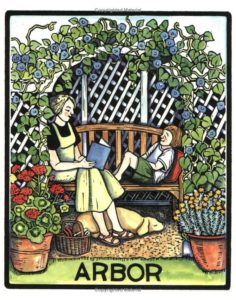 |
Mary Azarian’s A Gardener’s Alphabet (Houghton Mifflin Harcourt, 2005), illustrated with colored woodcuts, is a collection of 26 alphabetical garden words, beginning with ARBOR, BULBS, and COMPOST. For ages 4-8. |
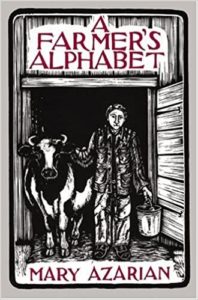 |
In the same format, see Azarian’s A Farmer’s Alphabet (David R. Godine, 2009). (APPLE, LAMB, PUMPKIN, ZINNIA.) For ages 4-8. |
 |
By David McLimans, Gone Wild (Walker Children’s Books, 2006) – a Caldecott Honor book – is an alphabet of endangered animals from Chinese Alligator to Grevy’s Zebra. Black-and-white letters are cleverly transmogrified into animals, complete with horns, eyes, tongues, and wings. For ages 4-6. |
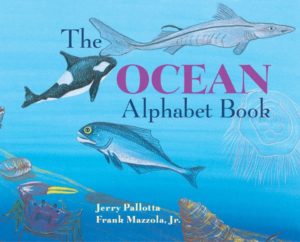 |
Name a topic and Jerry Pallotta has almost certainly written an alphabet book about it. For a complete list – everything from Airplanes, Beetles, and Birds to Vegetables and Yucky Reptiles – see here. |
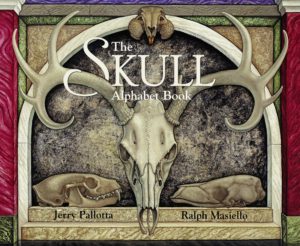 |
Particularly fascinating for young scientists is Jerry Pallotta’s The Skull Alphabet Book (Charlesbridge, 2002) which pictures the skulls of 26 different animals (anteater to zebra). The skulls aren’t labeled; readers have to figure out the source for themselves from clues in the text. For ages 5-8. |
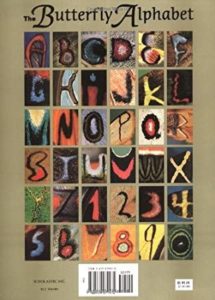 |
In Kjell Sandved’s The Butterfly Alphabet (Scholastic, 1999), readers find the letters of the alphabet in the patterns on butterfly wings – that is, real butterfly wings. The author, a nature photographer, decided to create the book when he found a perfect letter F on the wing of a tropical moth that he was studying under the microscope. Double-page spreads show the whole butterfly or moth with its scientific name, paired with a close-up of the wing showing an alphabet letter pattern. For all ages. |
|
Available from Butterfly Alphabet, Inc., is a Butterfly Alphabet poster. (There’s also an option to write your name in butterfly wings.) |
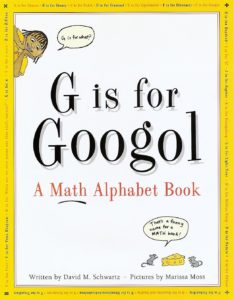 |
By David M. Schwartz, G is for Google (Tricycle Press, 1998) is a math alphabet book, running from A is for Abacus to Z is for Zillion. (In between, Binary, Exponent, Fibonacci, and X-axis.) Each entry is accompanied by catchy cartoon-style illustrations and two to three pages of reader-friendly explanation. For ages 9-12. |
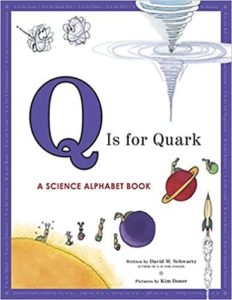 |
In David M. Schwartz’s multidisciplinary Q is for Quark (Tricycle Press, 2009) – a science alphabet book – A is for Atom, B for Black Hole, C for Clone, and X for Xylem. Each entry comes with appealing cartoon illustrations and two to three pages of background information and explanation. For ages 9-12. |
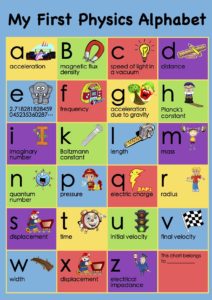 |
My First Physics Poster is a great A to Z infographic poster in which a is for acceleration, c for speed of light in a vacuum, f for frequency, and h for Planck’s constant. |












